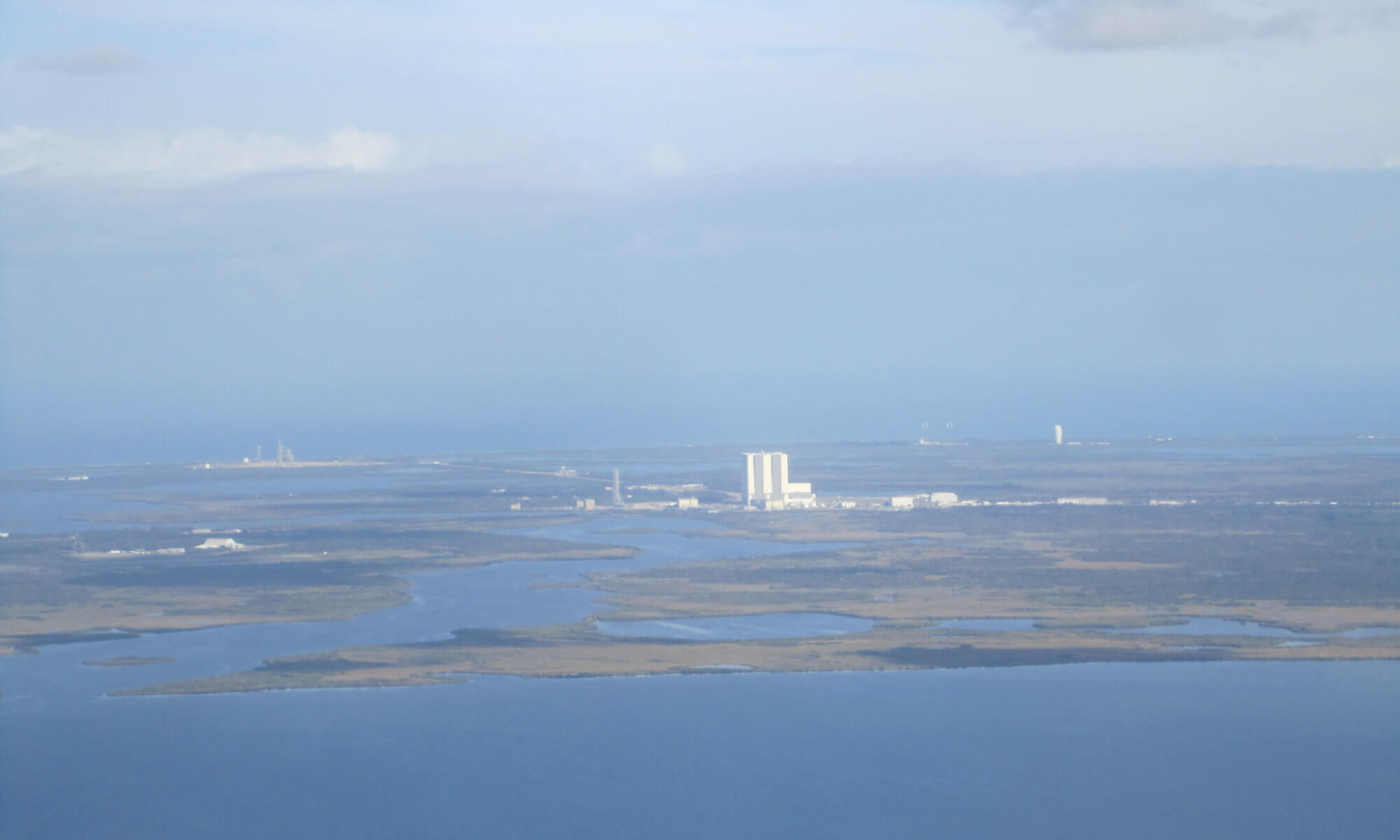 Thirty years after Babylon’s Ashes, Earth has rebuilt, while humanity has spread across the thirteen hundred worlds beyond the gates. Comparative peace prevails. The Outer Planets Alliance has morphed into the Transport Union, which despite its own best efforts at trying not to be political, is effectively a governmental organisation. Led by Camina Drummer, Fred Johnson’s former chief of staff, the Union controls trade from Medina Station in the centre of the gate network. The crew of the Rocinante has spent decades together, carrying cargo, prisoners and messages for the Union.
Thirty years after Babylon’s Ashes, Earth has rebuilt, while humanity has spread across the thirteen hundred worlds beyond the gates. Comparative peace prevails. The Outer Planets Alliance has morphed into the Transport Union, which despite its own best efforts at trying not to be political, is effectively a governmental organisation. Led by Camina Drummer, Fred Johnson’s former chief of staff, the Union controls trade from Medina Station in the centre of the gate network. The crew of the Rocinante has spent decades together, carrying cargo, prisoners and messages for the Union.
One day, an old enemy re-emerges from Laconia system, where the renegade elements of the Martian fleet have spent thirty years in isolation, their doings unknown to an otherwise occupied human society. The now immensely powerful Laconians have been preparing for this moment, and they make a grand entrance.
The authors’ choice to move the narrative forward by three decades is jarring at first, but soon shows itself to be inspired. While there are no doubt plenty of stories to tell of the intervening period, having a new and powerful antagonist upset the apple cart is a more engaging story. (Nothing says the authors can’t return to the past in future novels and short stories, either.) This instalment is a real nail-biting page-turner, and one of the best books in an already excellent series. More good things should come along in the next book, as the end of this one leaves many things unresolved.

 In the sequel to Perigee, Polaris Spacelines has started to establish tour service around the Moon. On one such flight, an incident occurs, leaving the spacecraft missing. The situation soon escalates dramatically.
In the sequel to Perigee, Polaris Spacelines has started to establish tour service around the Moon. On one such flight, an incident occurs, leaving the spacecraft missing. The situation soon escalates dramatically.
















 On 14 December, 1973, Gene Cernan re-entered the Lunar Module Challenger after the third and final moonwalk of Apollo 17, the final Apollo Moon Mission. It was the culmination of a lifetime’s aspirations, first as a US Navy Pilot, then as an Astronaut. This is his story, told in his own words.
On 14 December, 1973, Gene Cernan re-entered the Lunar Module Challenger after the third and final moonwalk of Apollo 17, the final Apollo Moon Mission. It was the culmination of a lifetime’s aspirations, first as a US Navy Pilot, then as an Astronaut. This is his story, told in his own words.













